32 Best Golfers Of The 80s
We recall a decade that saw many of the game's iconic names dazzle at their brilliant best and the Ryder Cup come to life
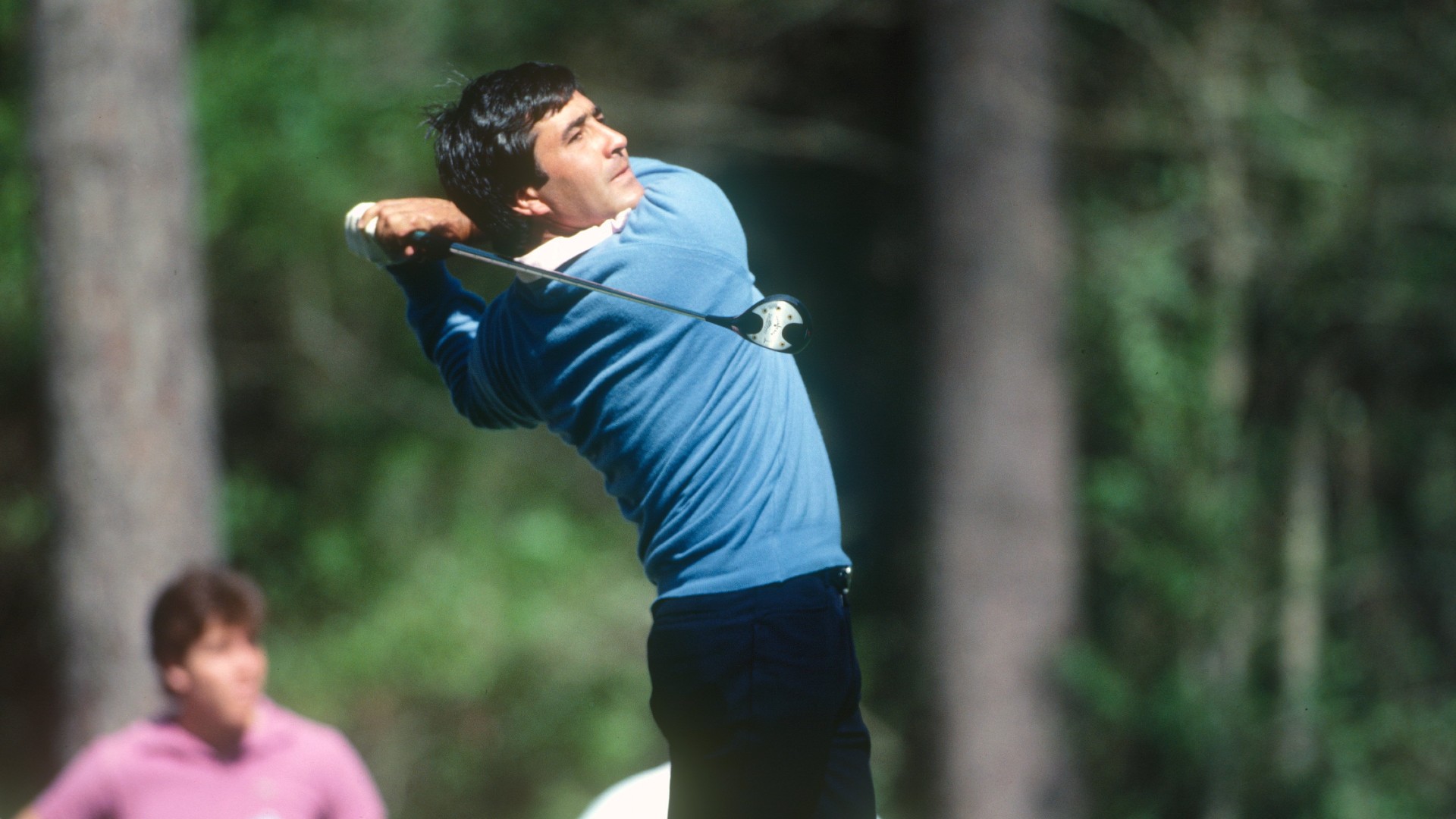
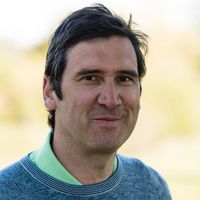
In the space of 40 Majors in the 80s, 29 of them would go to the Americans but it would represent a changing of the ways as the Europeans began to take over at Augusta. This was something that was also mirrored in the Ryder Cup as Europe's big guns began to dominate things.
In the women's game the Americans would still rule things, this was before the Solheim Cup had even begun, while we would have to wait until 1998 for the Korean breakthrough.
The 80s would see the first Ballesteros' Major and Nicklaus' last – the latter, at the age of 46, remains one of the greatest Sundays in the history of the game.
FUZZY ZOELLER
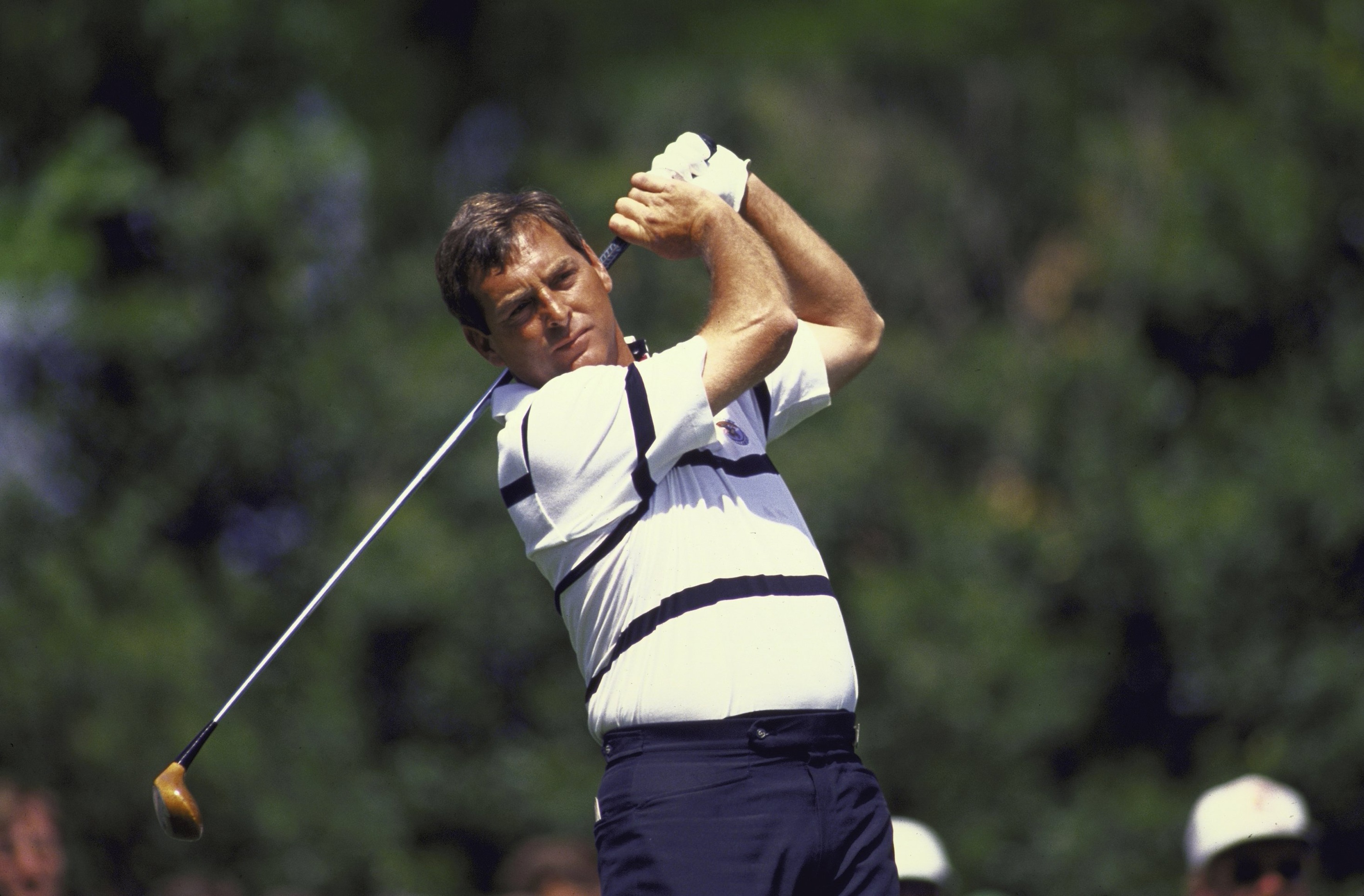
Frank Urban 'Fuzzy' Zoeller produced one of the iconic moments of the decade when he would wave a white towel after watching Greg Norman hole a long putt at the 72nd hole of the 1984 US Open. The putt was actually for a par, the American thought it was for a three, and he would beat Norman by eight shots in a play-off on the Monday. The win was his second Major triumph.
LAURA DAVIES
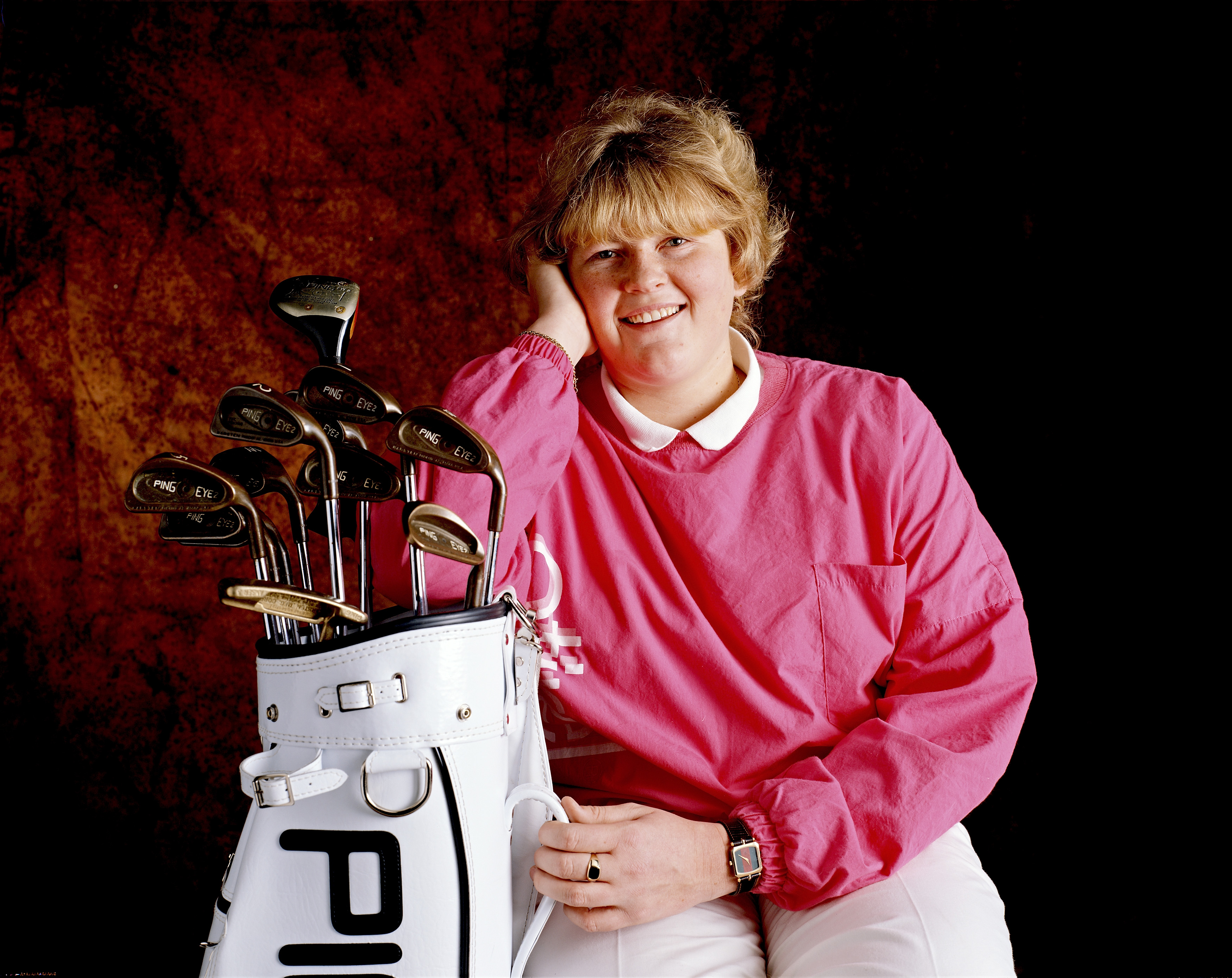
Davies only turned pro in 1985 but she would land both the Rookie of the Year and Order of Merit the same year. The following year she would prevail at Birkdale in the days before the Women's British Open was a Major but Davies would then land the big one, the US Women's Open, in 1987. In 1988 she would make history by winning on all three major Tours.
JAN STEPHENSON

Stephenson was very much an outlier given that she was a non-American who was winning Majors. Indeed the Aussie would pick up one in three consecutive years, peaking with the 1983 US Women's Open. In oppressive heat she would have a winning score of +6. She would soon become known worldwide for posing in a bathtub covered only by golf balls. By 1987 she had recorded her final victory on the LPGA Tour.
LEE TREVINO

Trevino won 29 times on the PGA Tour and, while only five of them would come in the 80s, he did manage to add a sixth Major 10 years on from his previous one. At the '84 PGA the 44-year-old would break 70 every day at Shoal Creek to win by four shots from Lanny Wadkins and a 49-year-old Gary Player. A year later he would finish second behind Hubert Green.
Subscribe to the Golf Monthly newsletter to stay up to date with all the latest tour news, equipment news, reviews, head-to-heads and buyer’s guides from our team of experienced experts.
JOSE MARIA OLAZABAL
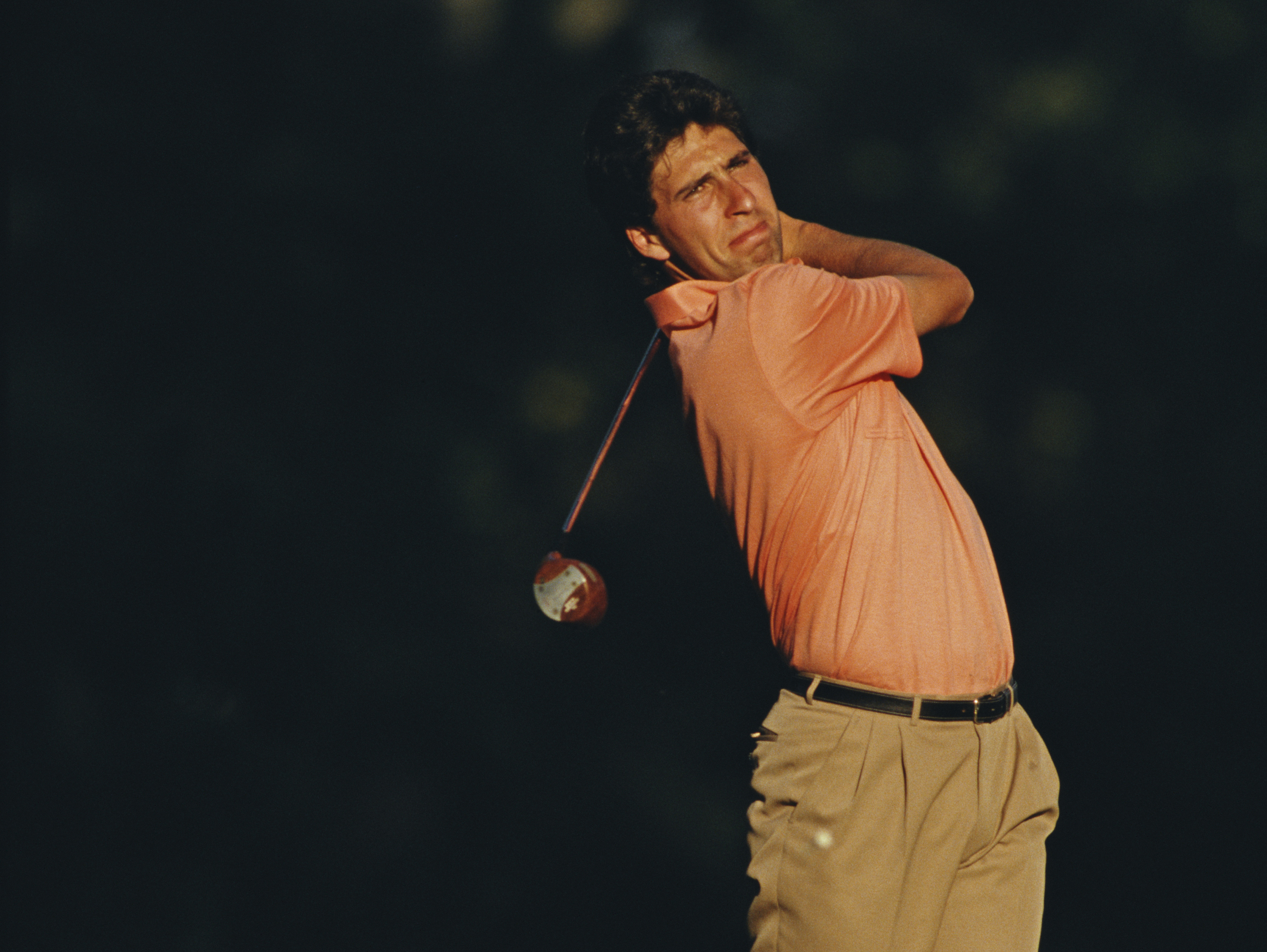
Much of Olazabal's best work came in the following decade but this was when he made two stunning Ryder Cup appearances, kicking off the greatest partnership in golf, having finished second on the money list in his debut season in 1986. In the first half of the 80s he made a small slice of history by winning the Boys Amateur, Amateur Championship and British Youths Open Amateur Championship.
ISAO AOKI

It's far too easy to obsess about a player's number of wins on the PGA and European Tours – Aoki won 51 times in his homeland of Japan and 23 of them came in the 80s. He would famously win the European Open at Sunningdale in 1983. The Japanese star, with the trademark toe up putting stroke, was a household name in this decade and was ranked as the 16th best player when the first world rankings were published in 1986.
MANUEL PINERO
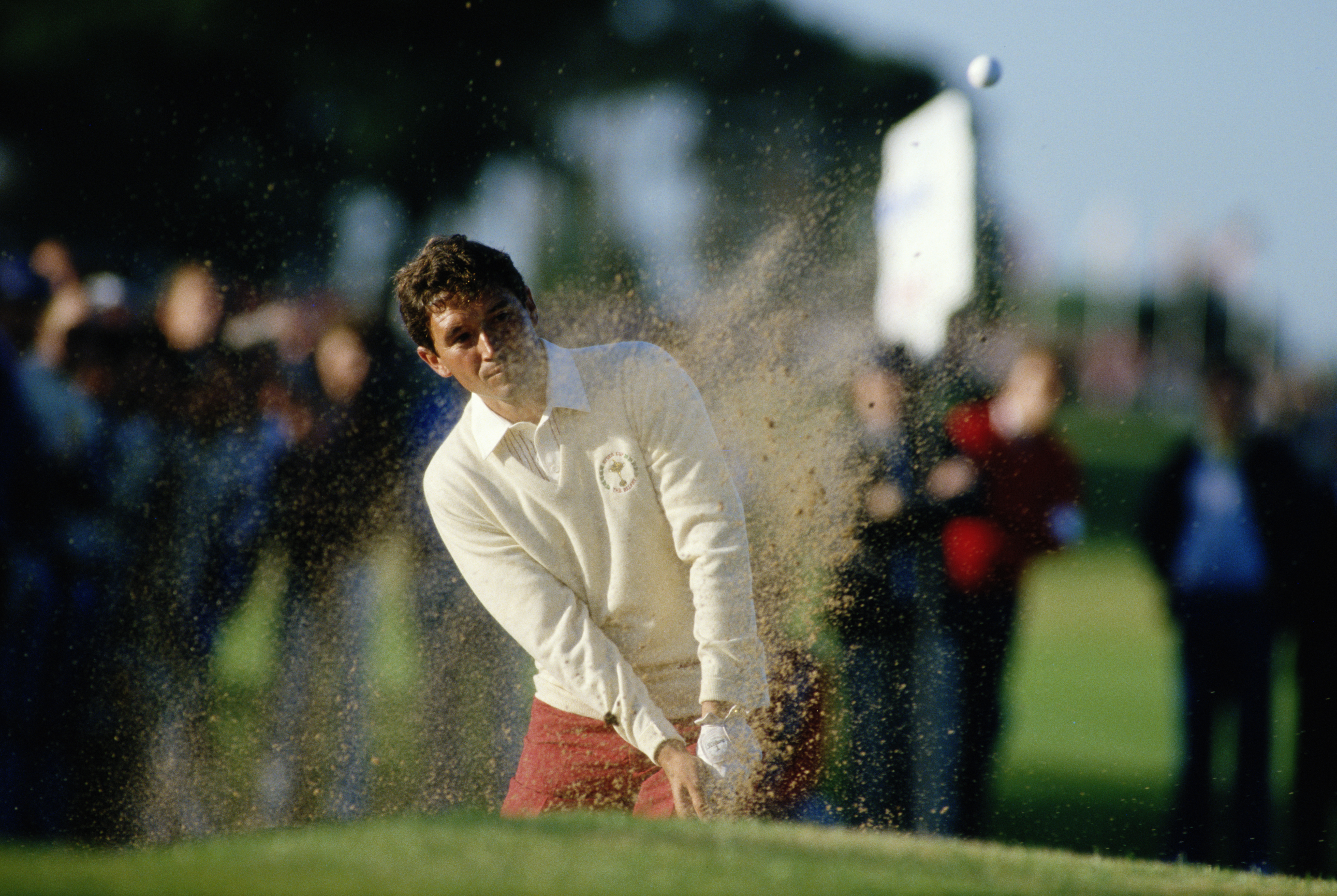
The Spaniard might not have lit up the Majors but his contribution to one of the seismic victories of the decade cannot be underestimated. In 1985 Pinero won on back-to-back weeks to qualify for the Ryder Cup team and later that year he would finish as the leading scorer, with four out of five points, as Europe finally won back the trophy. Pinero would beat the US talisman Lanny Wadkins in the key opening singles.
JULI INKSTER
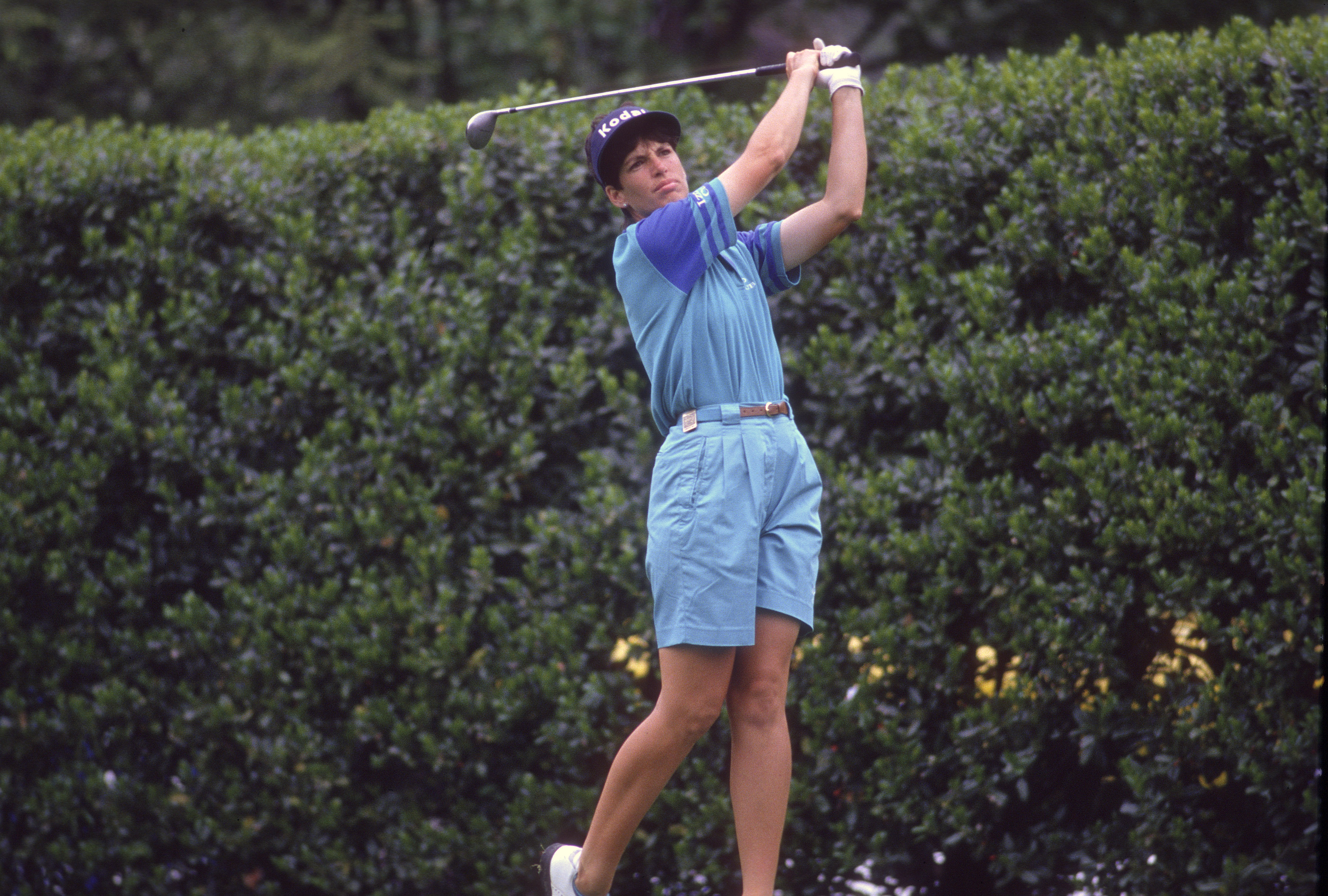
Inkster was always going to be a force in the game. The American became the first woman since 1934 to win three straight US Amateurs and, by 1984, she had landed a pair of Majors. At her first Dinah Shore (now Chevron Championship) she would beat Pat Bradley in a play-off, later that year she had added the du Maurier Classic. Bizarrely she never topped the LPGA money list though there were four Ws in 1986.
LARRY MIZE
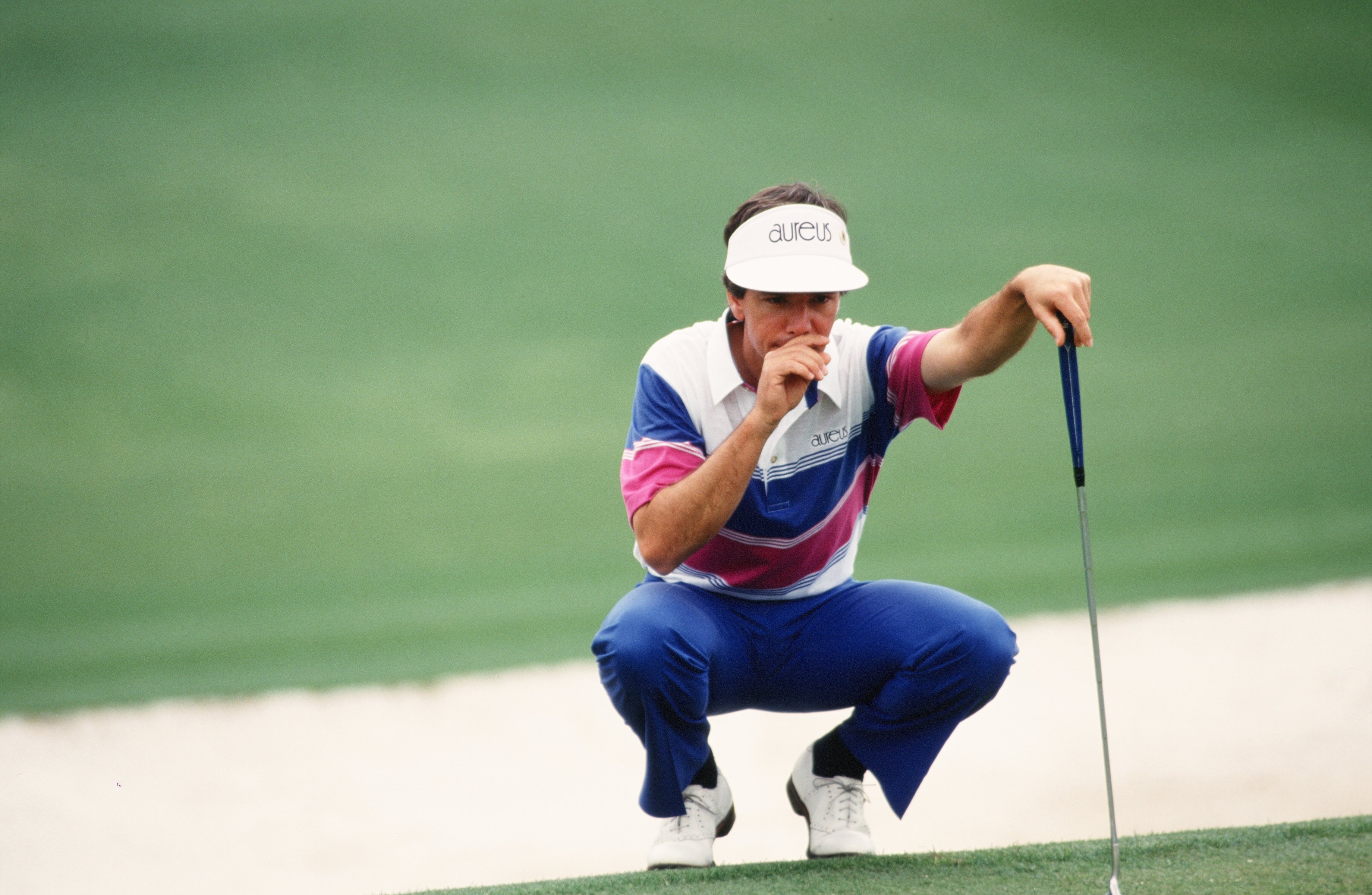
Mize's chip in at the 11th in a play-off for the '87 Masters was the shot of the decade as he sunk a distraught Greg Norman from nowhere – he was around 140 feet away. What is sometimes forgotten is that Ballesteros was also part of the play-off, also Mize's woeful approach shot came from the middle of the fairway. The Augusta native would also finish 4th at the US Open two months later.
LANNY WADKINS
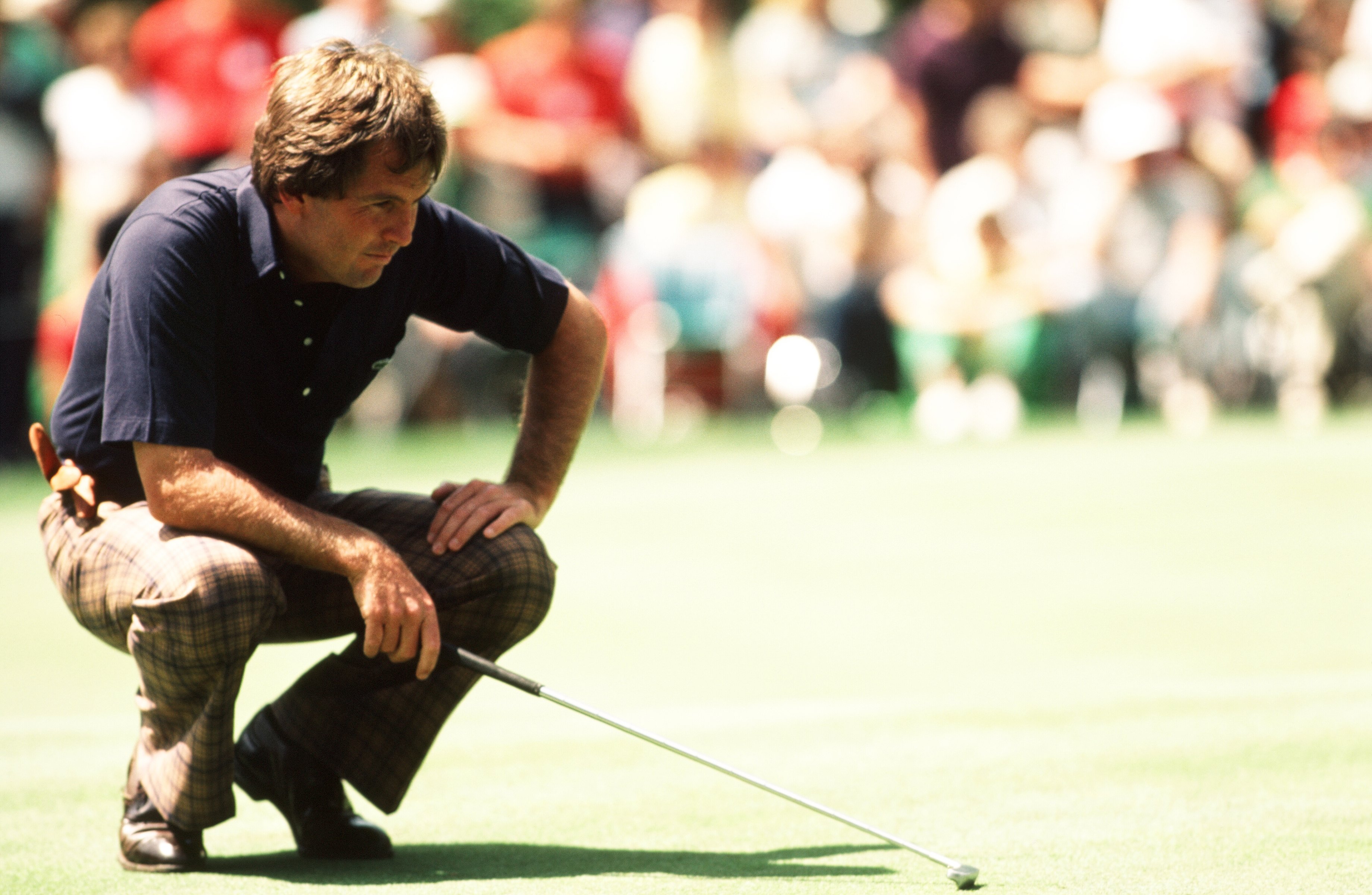
Jerry Lanston 'Lanny' Wadkins Jr 'only' won one Major, the '77 PGA Championship, but some players deserved more for their skills and the American was certainly in this bracket. In the 80s he posted 10 top 10s, three of them second places, and he ranked in the top 10 of the world rankings for 86 weeks from the ranking's debut in 1986 to 1988. He was renowned as a gritty match player.
BETSY KING
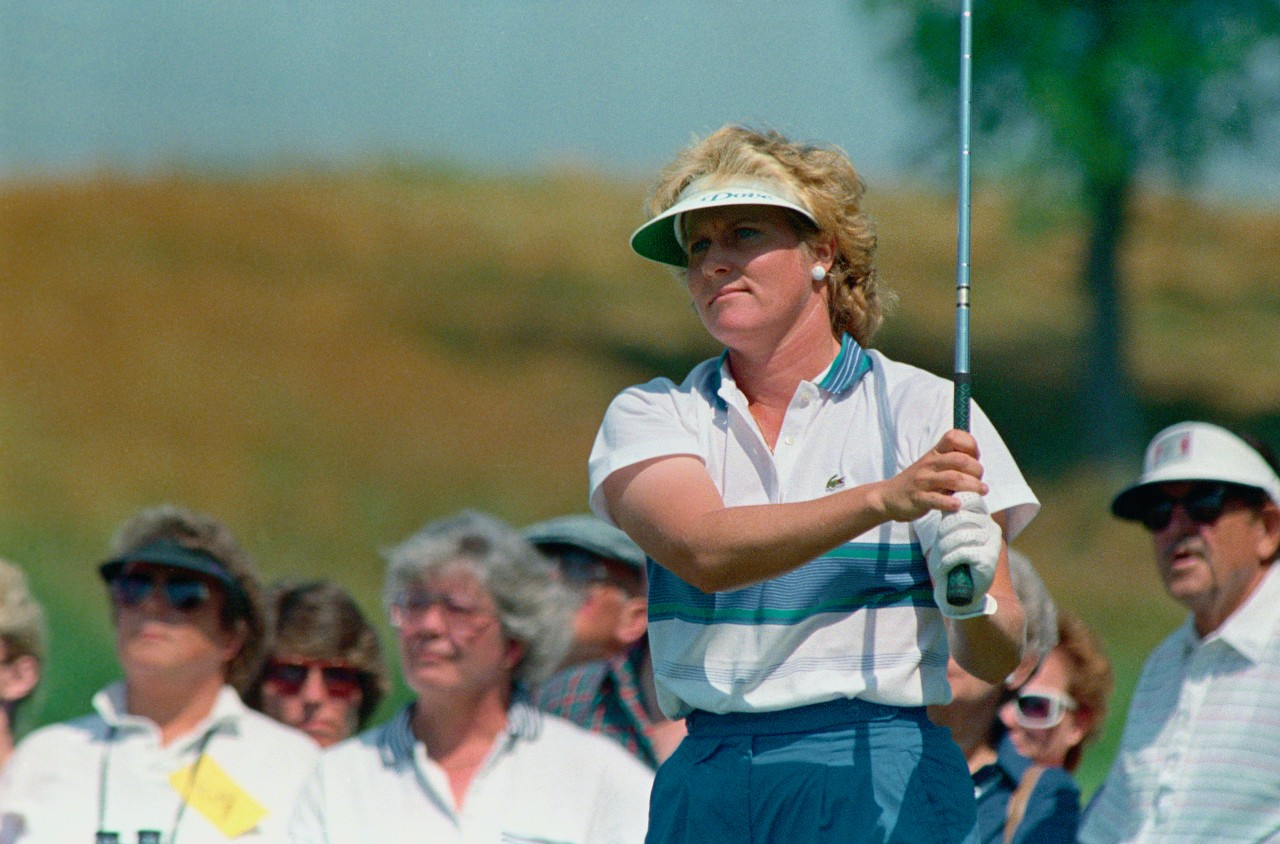
King barely missed a step after capturing her first win on Tour in 1984 and the Hall of Famer would capture at least one victory for the next 10 seasons. King's stand-out season came in 1989 when she not only prevailed a staggering six times but she also won the first of back-to-back US Women's Opens. That season her worst finish in a Major was a tie for 8th.
TOMMY NAKAJIMA

Nakajima won 48 times on his home Tour and 29 of those came in the 80s. The Japanese star was famous for making a mess of the Road Hole at the '78 Open but he threatened on several occasions to make the Major Asian breakthrough – at the '86 Open at Turnberry he would start the final day one off Greg Norman's lead but he then missed a short putt at the 1st, made a double and slipped to a 77.
TOM KITE
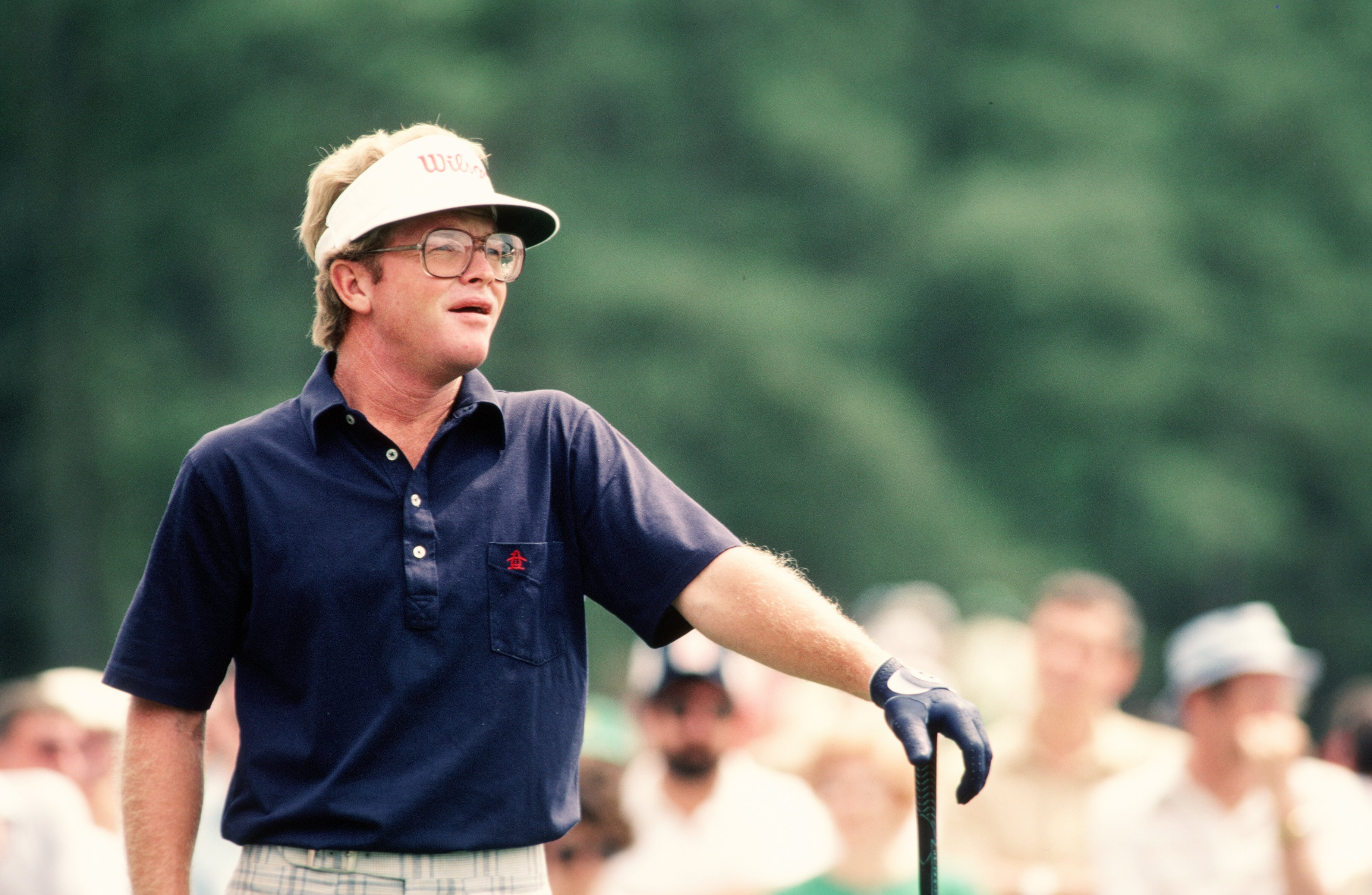
Kite was an absolute money-making machine and his record at The Masters was something else – the Texan would kick off the 80s at Augusta with these finishes 6-5-5-2-6-MC-2. He would also not miss a Ryder Cup in the decade and his big moment came at the '89 Players when he would edge out Chip Beck. Kite, a brilliant short-iron player, would finally land his Major at the '92 US Open.
FRED COUPLES
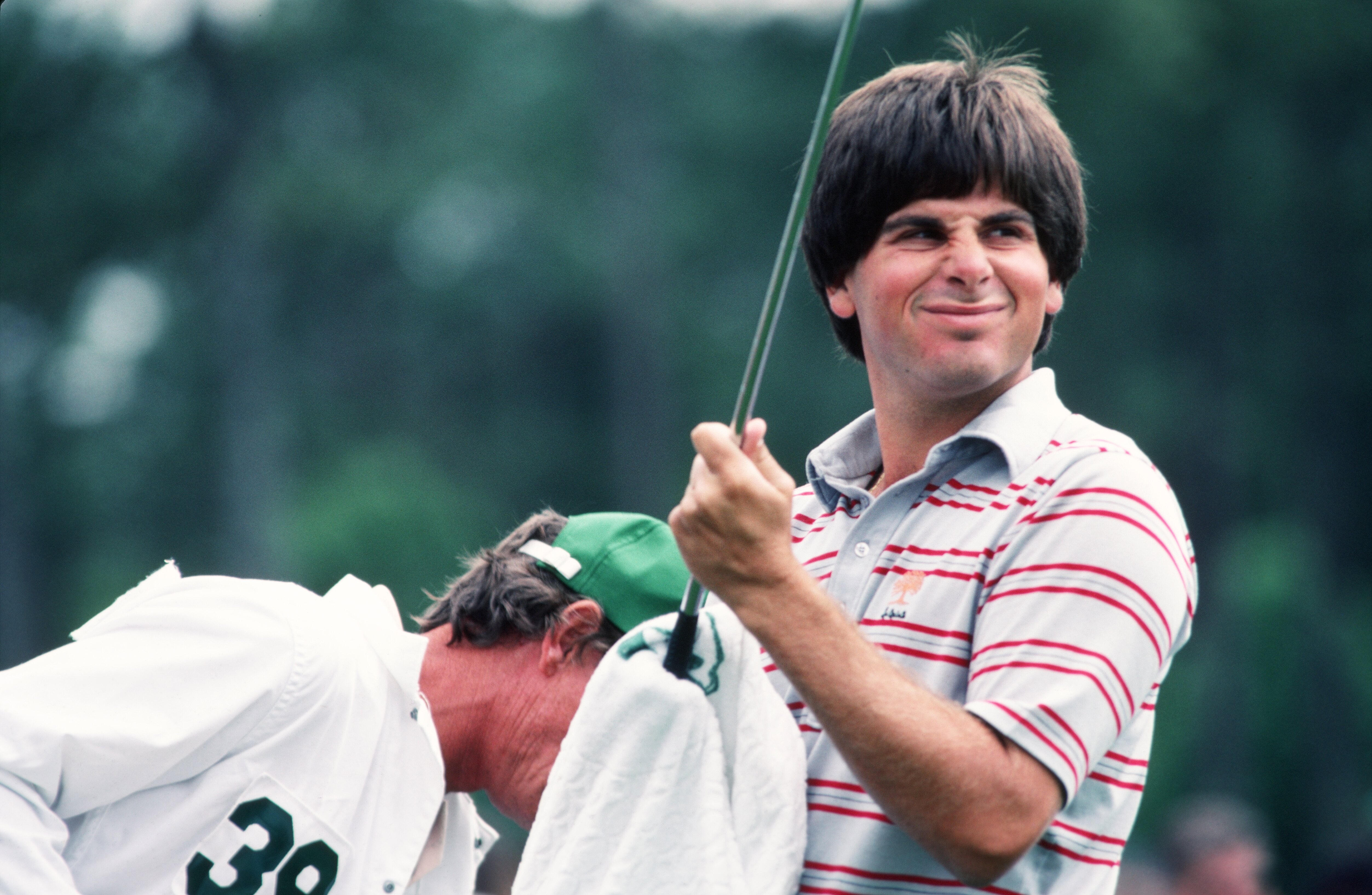
It might surprise a few that Couples actually turned pro as far back as 1980. Boom Boom, as he was known for his long, easy hitting, peppered the top 10s in the Majors, particularly at Augusta and The Open, but he would have to wait until 1989 to make his Ryder Cup debut. His big moment down Magnolia Lane would follow but he did land The Players in 1984, by a shot from Lee Trevino, at the age of just 24.
JAY SIGEL
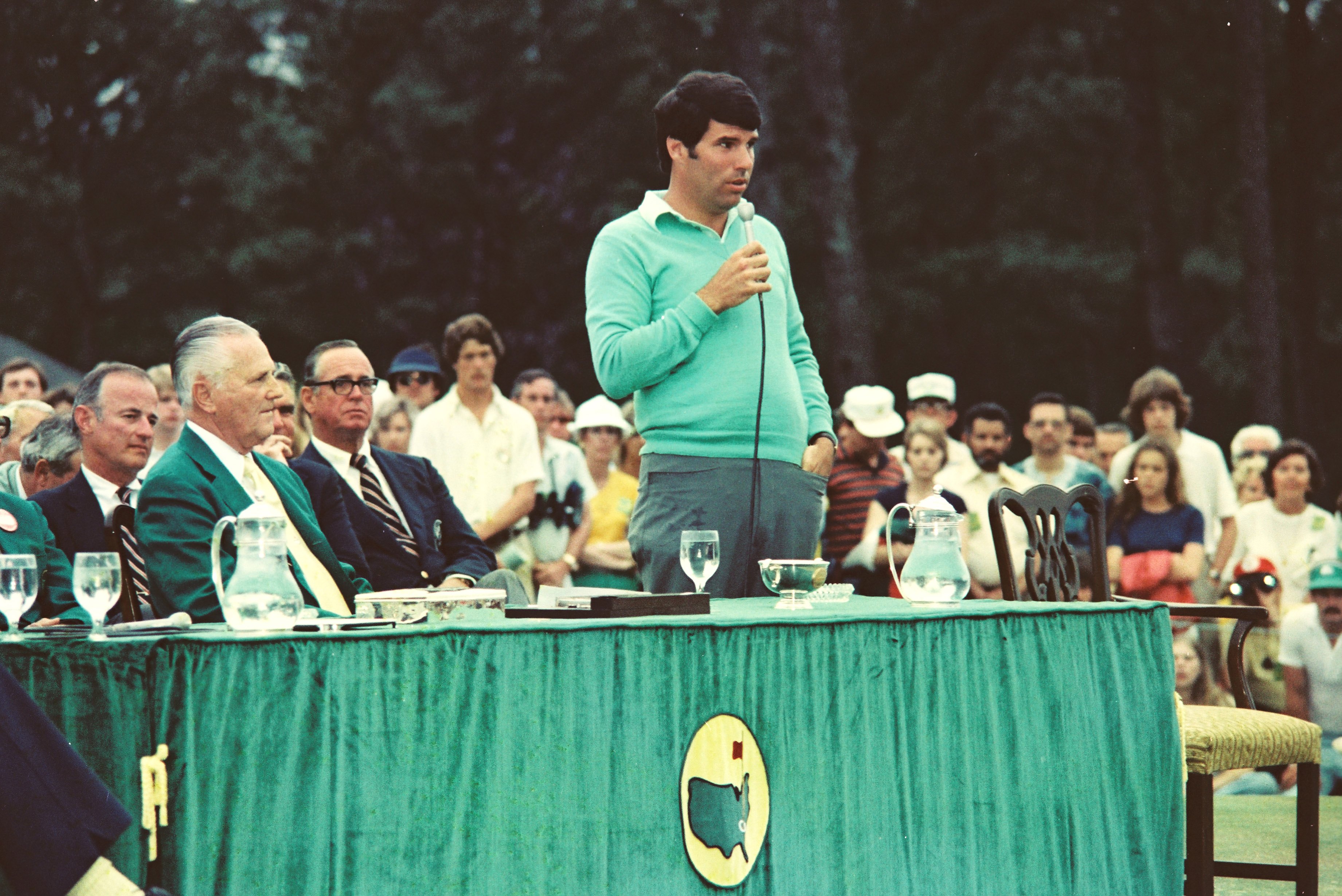
Sigel is one of the most decorated amateur golfers who would turn pro at the age of 50 to play on the Champions Tour. He would play on nine straight Walker Cup teams, winning eight of them and twice as the winning captain, and there would also be three Eisenhower Trophy victories in '78, 80 and 82. In 1983 he became the only golfer ever to win the US Amateur and US Mid-Amateur in the same year.
CRAIG STADLER

Stadler was a dominant force in the first half of the decade. The Walrus, as he was affectionately known for his stout physique and moustache, would capture The Masters in 1982 after opening with a 75. He had built a six-shot lead after 65 holes but four bogeys coming home meant he would face a play-off with Dan Pohl. Stadler made a par at the 10th and Pohl would miss a six-footer.
BEN CRENSHAW
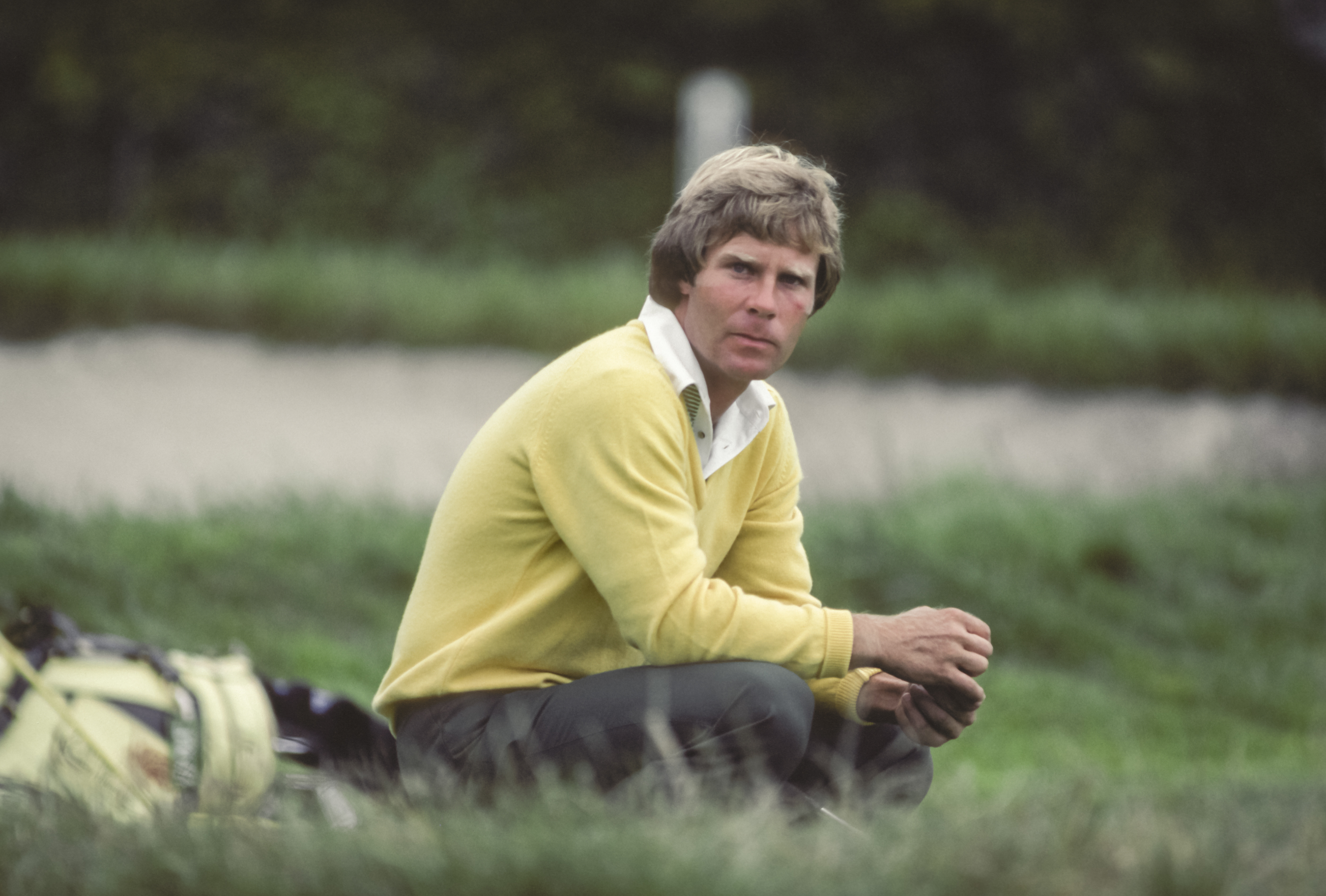
Crenshaw will always be regarded as one of the greatest putters of all time and his record at Augusta during the 80s is a thing of beauty – 6-8-24-2-W-57-16-4-4-3. His big moment came a year after his second place behind Seve in '83 when he opened with a 67 and a 68 gave him a two-shot win over Tom Watson. There would be a hat-trick of birdies from the 8th which culminated in an iconic putt across the 10th green.
PAT BRADLEY
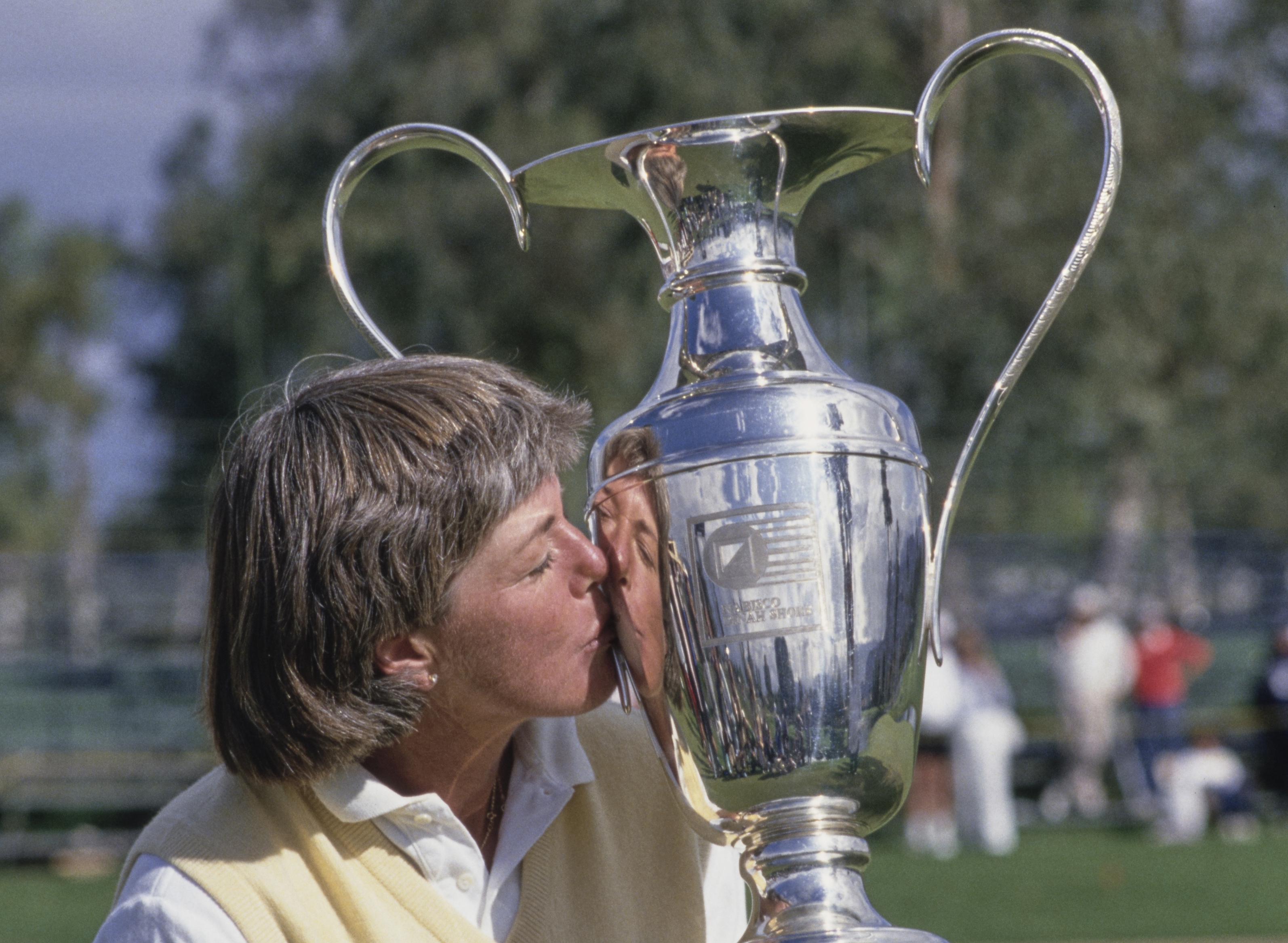
Bradley would win each of the four Majors (at the time) during the 80s with 1986 one of the greatest displays in the history of the game. Bradley, then 35, would win the Kraft Nabisco, LPGA Championship and du Maurier Classic and she would tie for 5th at the US Women's Open. She would end her career with 31 LPGA victories and six Majors. Psychologist Bob Rotella wrote that Bradley was the most mentally tough athlete that he knew.
PATTY SHEEHAN
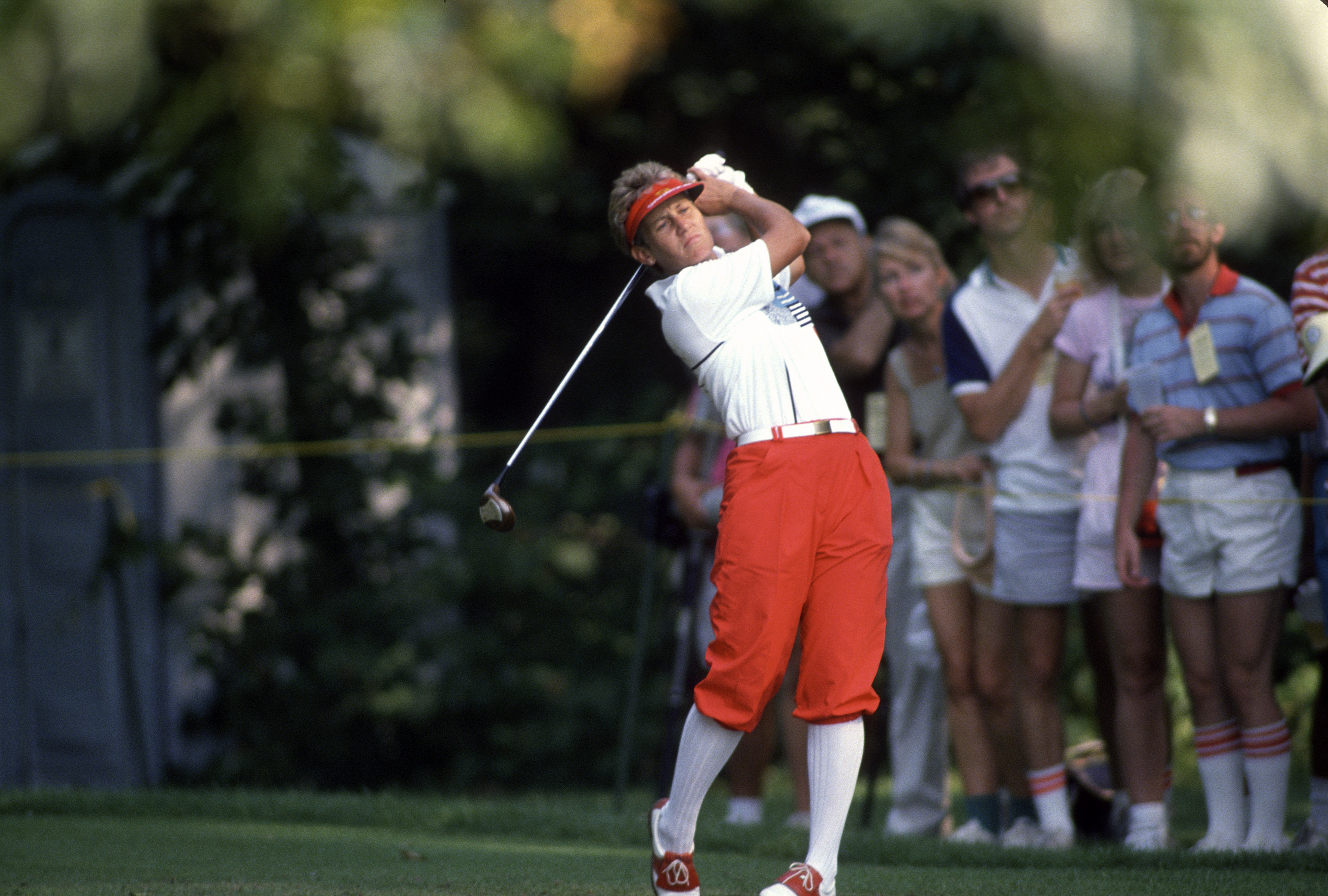
Sheehan joined the LPGA Tour, played on it for 26 years and finished her career with 35 wins on Tour. A leading amateur she would become the Rookie of the Year in her inaugural season and she landed the first of her six Majors in 1983 at the LPGA Championship. The following year she would defend her title when she blitzed the field by 10 strokes which was the biggest winning margin at the time.
MARIE-LAURE DE LORENZI
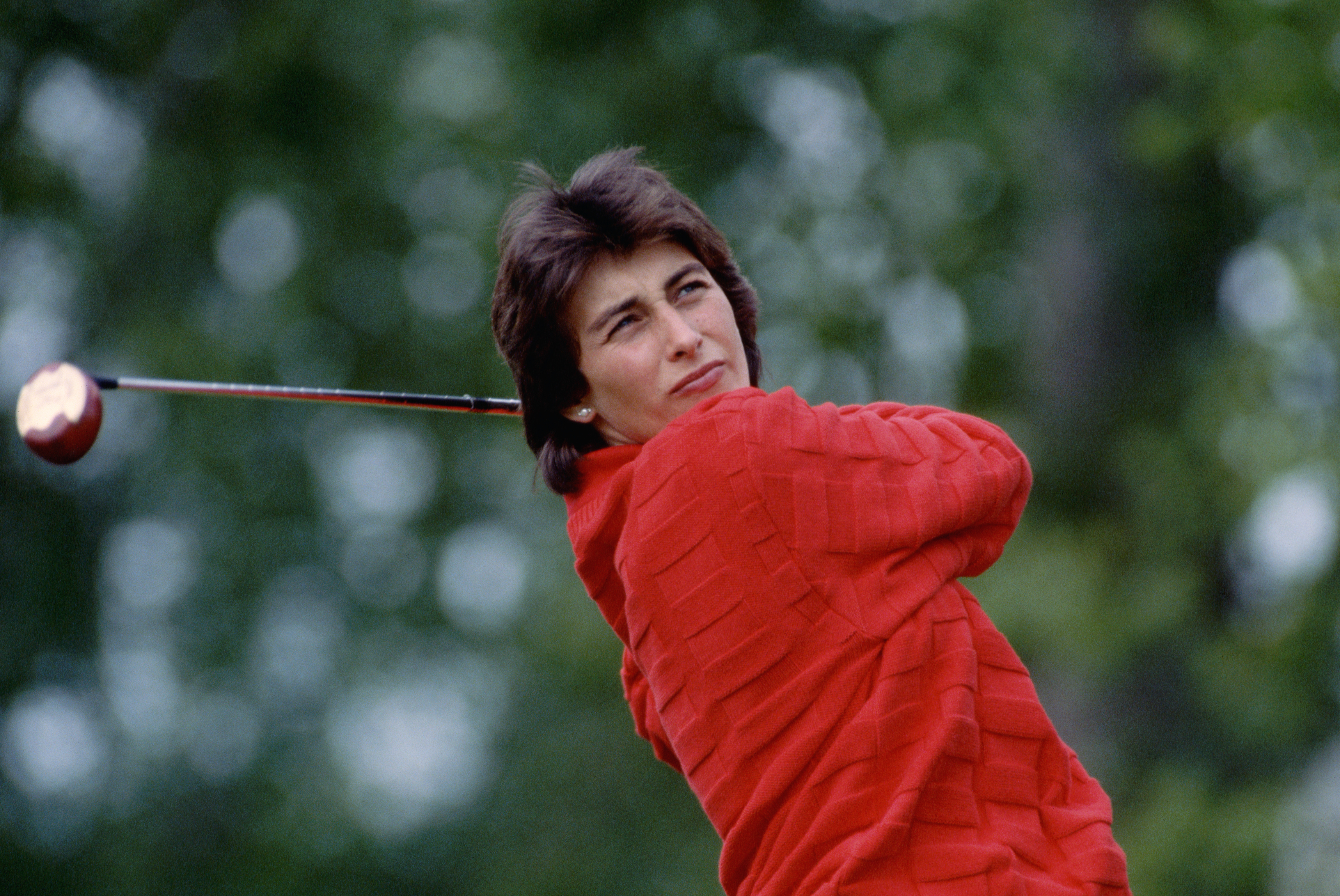
De Lorenzi's record is an incredible one. The Frenchwoman joined the Ladies European Tour in 1987 before topping the money list the following two seasons. Over the two years she would finish in the top two 17 times, with seven wins in the latter season. She now sits in a tie for third for all-time wins (19), alongside Trish Johnson, with Laura Davies leading the way with 45 victories. In 1990 she was part of Europe's first Solheim Cup side.
LARRY NELSON
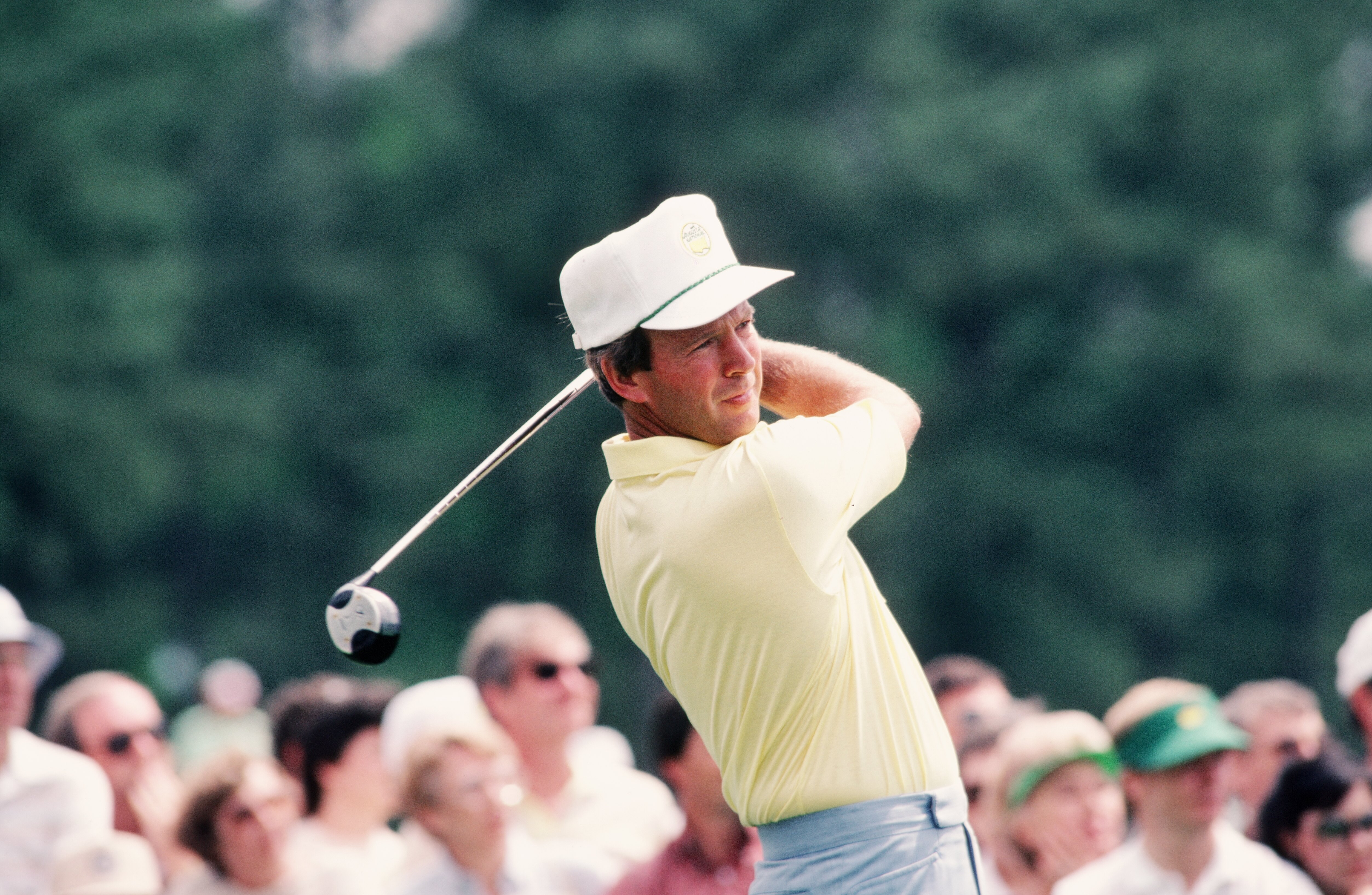
Nelson was a late starter at 21 but he would sign off with three Majors and a US Open win at Oakmont. There, in 1983, he dropped seven shots in his first four holes on the Saturday before turning it around by playing the rest of the round in seven under. He and Tom Watson were tied when a storm came through and Nelson then holed a 60-footer on 16, before three-putting the last, but sneaked home by a shot.
RAY FLOYD

Floyd was already a two-time Major champ coming into the 80s, having won The Masters by a ridiculous eight shots, and he would then add two more. He captured the US Open in '86 with a final round of 66 and he became the then oldest winner at the age of 43 – it is now held by Hale Irwin who won at 45. He was inducted into the World Golf Hall of Fame in 1989.
JACK NICKLAUS
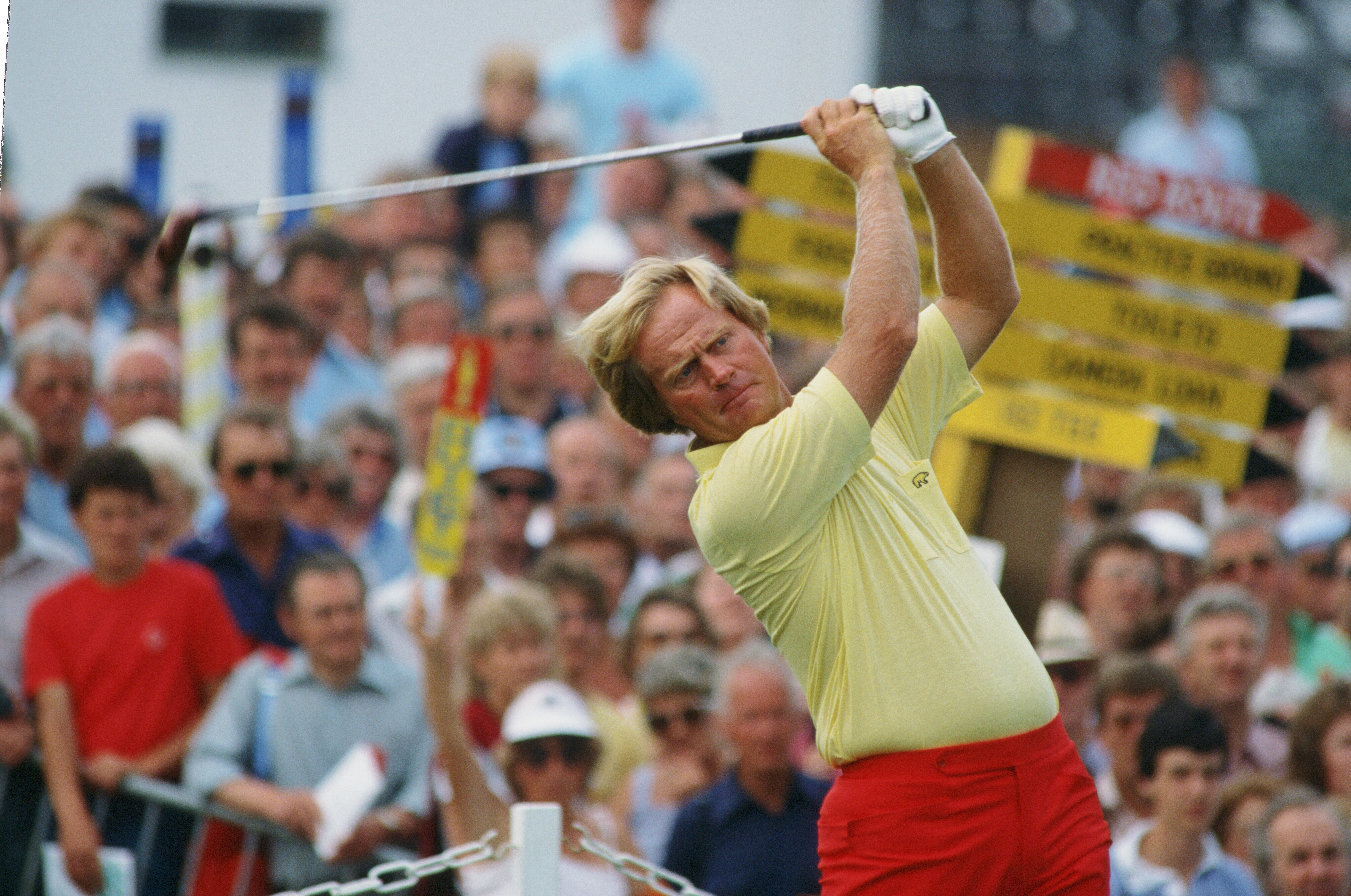
Nicklaus had 15 Majors in the bag and he would then tick off two more with a fourth US Open and fifth PGA in 1980. Roll the clock forward six years and we got the big send-off. Written off by some the Golden Bear would come into the Sunday four back before reaching the turn in 35. Then came a back nine of 30 and some of the most iconic shots in the history of the game.
SANDY LYLE

Alexander Walter Barr Lyle has one of the most curious Major records. The Scot had one top 10 at Augusta, the win in 1988, and he rarely threatened in The Open other than his victory in 1985, the first British success since Tony Jacklin in 1969. He would only play in one PGA throughout the whole decade. According to Seve there was nobody better – "If everyone in the world was playing their best, Sandy would win and I'd come second.”
CURTIS STRANGE

If ever a player was defined by a decade it would be Strange. Sixteen of his 17 PGA Tour wins came in the 80s, including his back-to-back US Open victories. Only Ben Hogan, Strange and Brooks Koepka have defended the USGA showpiece since World War II and, oddly, the win at Oak Hill in '89 would be his last. He nearly won The Masters in '85, after a first-round 80, and four of his five Ryder Cup appearances came in this decade.
IAN WOOSNAM

In 1981 Woosnam couldn't break into the top 100 on the European Tour money list, then his career really took off with a win in Switzerland the following year and he was never out of the top 10. The Welshman was unstoppable in 1987, when he topped the money list with four wins, along with a World Cup with David Llewellyn and the World Match Play at Wentworth. That Masters win would then follow in 1991.
NICK FALDO

Faldo had already enjoyed plenty of success by the time of his famous swing rebuild in the mid 80s. In 1987 he landed The Open at Muirfield – he was only once outside the top 11 throughout the decade – and two years later came that Masters triumph over Scott Hoch. Come the end of the 80s he was fast closing in on the World No. 1 spot. He also featured on 11 straight Ryder Cup matches from 1977 onwards.
BERNHARD LANGER
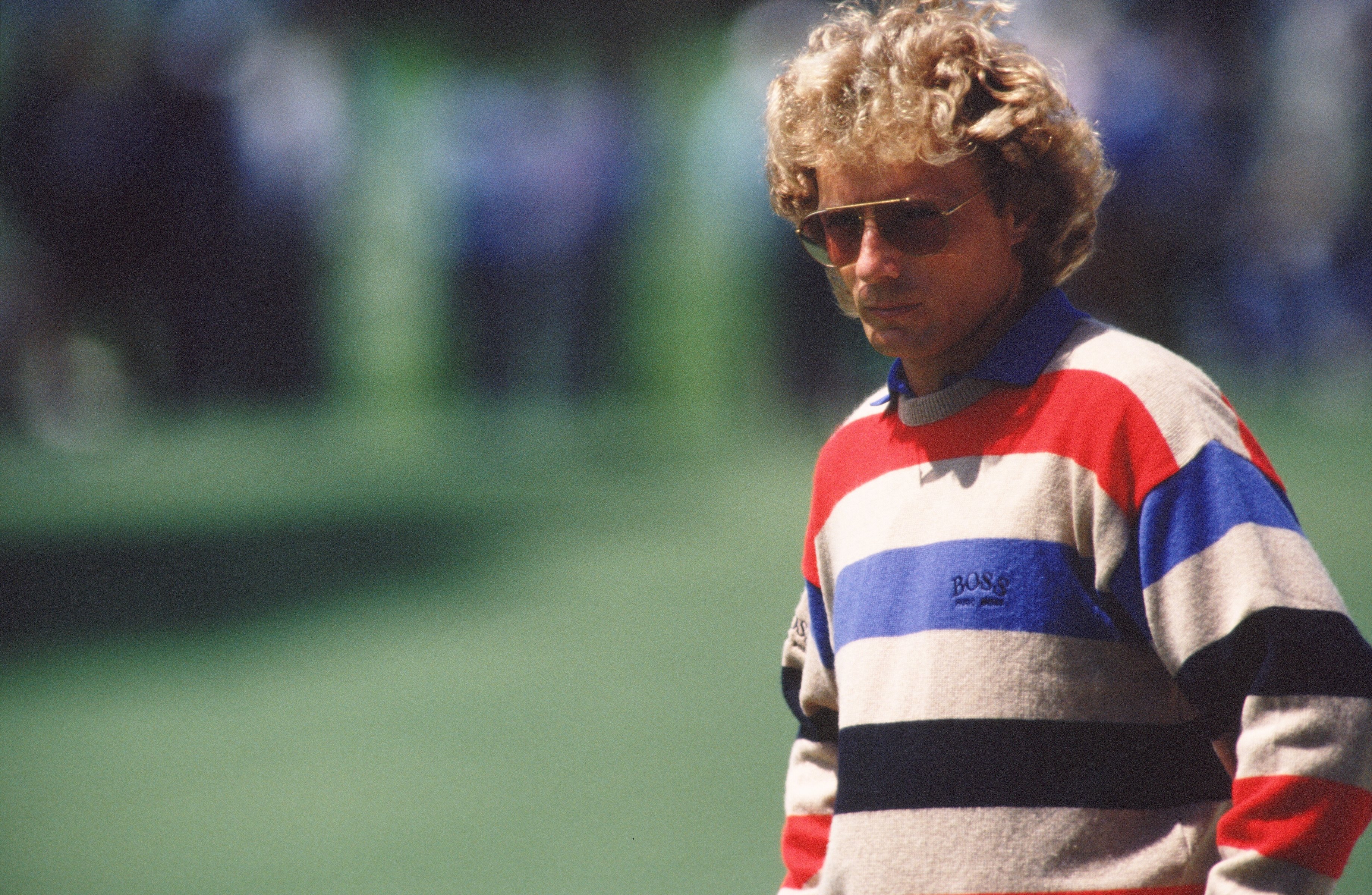
Langer's first European Tour win came at the end of 1980 and he would win at least once every year thereafter. The German certainly should have won an Open, there were four top 3s in the space of six years from '81 but his big moment came at Augusta. In 1985 Langer won the first of two Green Jackets when a back-nine charge saw him overhaul Curtis Strange. Interestingly Langer won six straight German National Open titles from 1984-89.
AMY ALCOTT
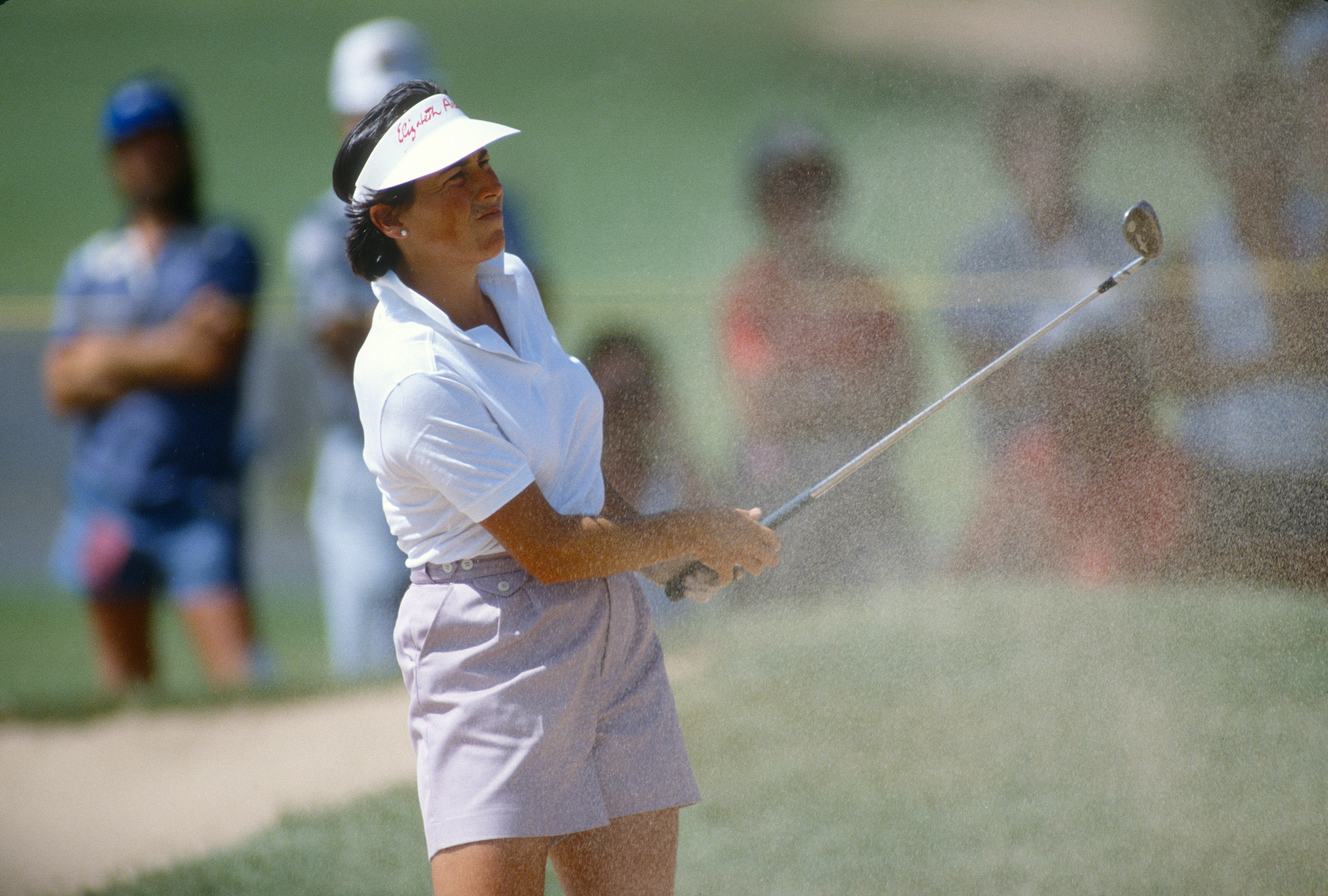
Alcott played in 37 Majors in the 80s, finished in the top 10 in 18 of them and she wouldn't miss a single cut. The 1980 US Women's Open was a masterclass in oppressive heat in Nashville as she finished on four-under to win by nine. In its first year as a Major Alcott captured the Nabisco Dinah Shore (now Chevron Championship) and followed it up in '88 when she began the tradition of jumping into Poppie's Pond.
GREG NORMAN

In 1986 the Aussie would hold the lead in all four of the Majors going into the final round - they would term it the Saturday Slam - but only prevailed at The Open at Turnberry. The PGA was the biggest collapse as he saw a four-shot lead overturned by Bob Tway which climaxed in that holed bunker shot at 18. Eight months later Larry Mize would chip in at Augusta in the play-off.
TOM WATSON

From 1980-83 Watson was the stand-out golfer on the planet. In 16 Majors he would win five of them, with three Claret Jugs in just four years. If there was a single iconic Watson shot it would be his chip-in at Pebble Beach's 17th hole – "Get it close? Hell, I'm going to sink it" – as he got the better of Jack Nicklaus once again. The PGA would continue to elude Watson as he closed out his career with eight Majors.
SEVE BALLESTEROS

Seve won 32 times throughout the 80s on the European Tour and he would have no fewer than seven top 5s at Augusta. There would be the pair of Green Jackets but the Open victory at St Andrews in '84 is generally regarded as the most memorable of his five Majors. His ability to will in that final putt, and the sheer joy on his face, remains one of the most uplifting moments that the game has ever witnessed.
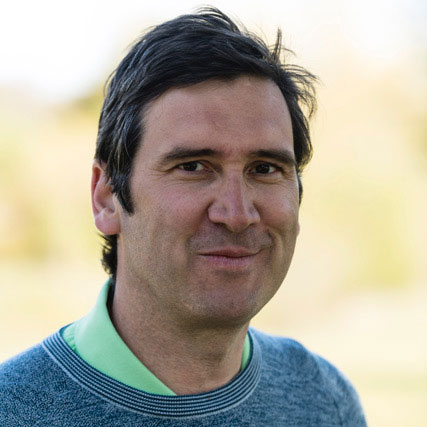
Mark has worked in golf for over 20 years having started off his journalistic life at the Press Association and BBC Sport before moving to Sky Sports where he became their golf editor on skysports.com. He then worked at National Club Golfer and Lady Golfer where he was the deputy editor and he has interviewed many of the leading names in the game, both male and female, ghosted columns for the likes of Robert Rock, Charley Hull and Dame Laura Davies, as well as playing the vast majority of our Top 100 GB&I courses. He loves links golf with a particular love of Royal Dornoch and Kingsbarns. He is now a freelance, also working for the PGA and Robert Rock. Loves tour golf, both men and women and he remains the long-standing owner of an horrific short game. He plays at Moortown with a handicap of 6.